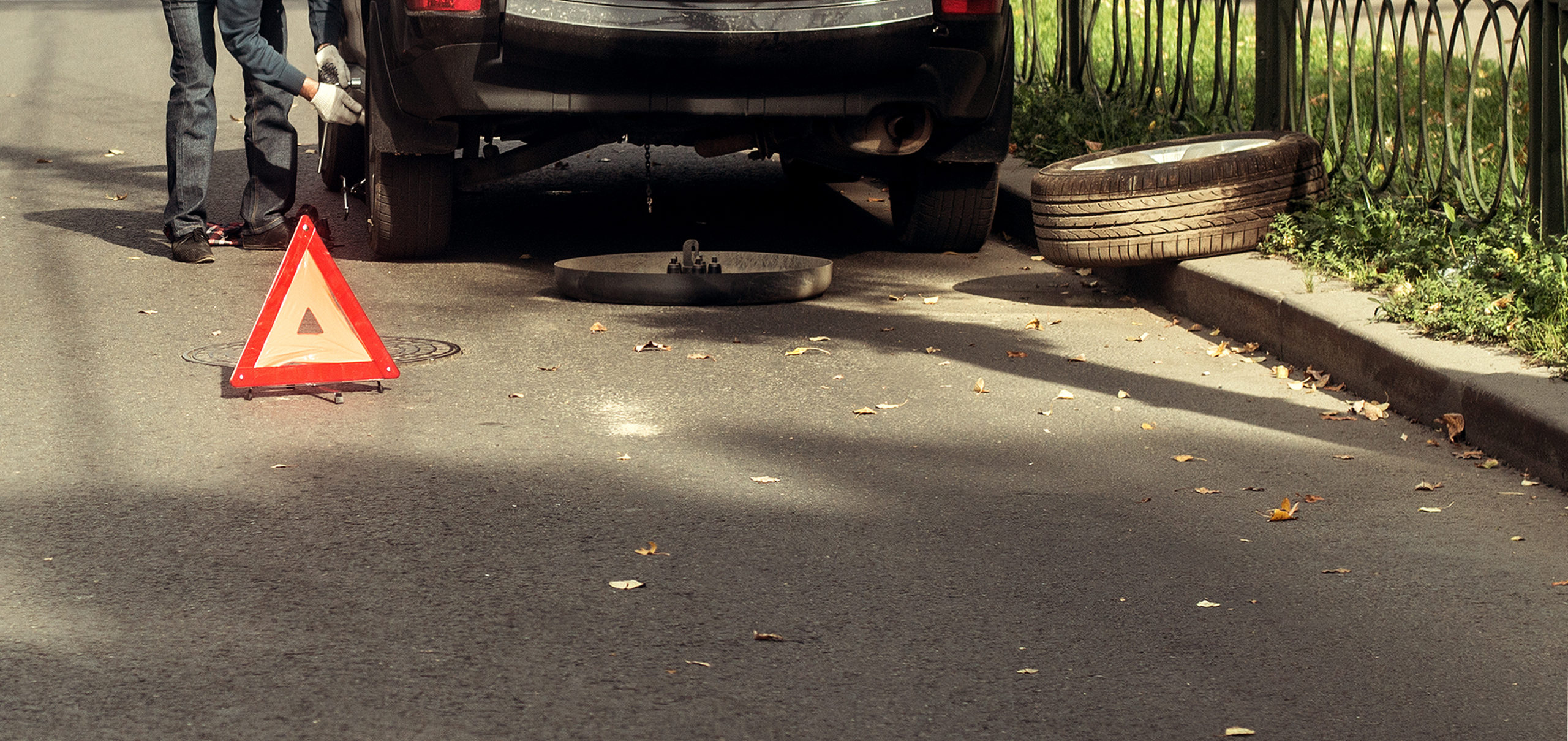A vehicle’s tires are all that connect the 3,000 pounds of speeding metal (that’s your vehicle) to the pavement. Regardless of the actions you take (steering, accelerating, swerving, or braking), it’s the tires that transform action into motion. But what causes a tire blowout in Phoenix? Technically, it’s the unexpected failure of a tire due to one of the following causes.
Extreme Heat
Phoenix’s hot summers result in skyrocketing asphalt temperatures that increase the risk of a tire blowout. While the heat itself doesn’t cause a tire to rupture, it definitely is a contributing factor.
Road Damage
The road’s potholes and debris can destroy a tire faster than most other causes. Tires are especially susceptible to blowouts caused by debris, potholes, etc., on the road if they are already worn.
Too Much Weight
All vehicles have weight restrictions, and if they are overloaded, it adds undue stress to the tires. If your tires have uneven tread wear, which will happen if you don’t have them rotated regularly, the weight can lead to a blowout on the weakest.
Punctures
An air leak caused by a puncture in the tire will weaken it. If you don’t address the problem, it will eventually cause uneven wear and tire blowout. If you suspect your tire may have been punctured, take it to an auto repair center and have the nail or other debris removed and the tire repaired or replaced.
Low Air
Underinflated tires present a high risk for a blowout. Like punctures, low air pressure in a tire leads to wear on the sides, which are thinner than the tread that hits the road’s surface. Low air pressure creates weak spots that can cause a tire to blow out.
Uneven Tire Tread
Tires that aren’t rotated according to the manufacturer’s recommendation will wear down unevenly, increasing the risk of a tire blowout. If you are overdue for a tire rotation, make an appointment right away.
Old or Defective Tires
If your tires are old and need to be replaced, you’re asking for a tire blowout. It’s essential to have tires inspected about every 6,000 miles to ensure they’re in good shape. It’s also essential to keep up with any recalls to avoid tire blowouts caused by a manufacturer’s error.
Actions to Take if a Tire Blows Out
When driving during a tire blowout, the car won’t turn the way you’d expect it to. If this happens to you, don’t put on the breaks because you could end up spinning out. Instead, press the gas to retain cruising speed. By maintaining a safe speed, you’ll be able to stabilize the vehicle and steer it onto the shoulder of the road, decelerating safely.
Late spring through early fall is known as the “Tire Blow Out” season because that’s when temperatures are the hottest. It’s also when motorists drive faster and farther in more heavily loaded vehicles. This combination can force worn or damaged tires beyond their breaking point. That said, tire failures can occur any time of year, especially in the warmest parts of the United States like Phoenix.
Give us a call today for a tire inspection and service. Prevention is always the best solution for avoiding a tire blowout.






